
OR
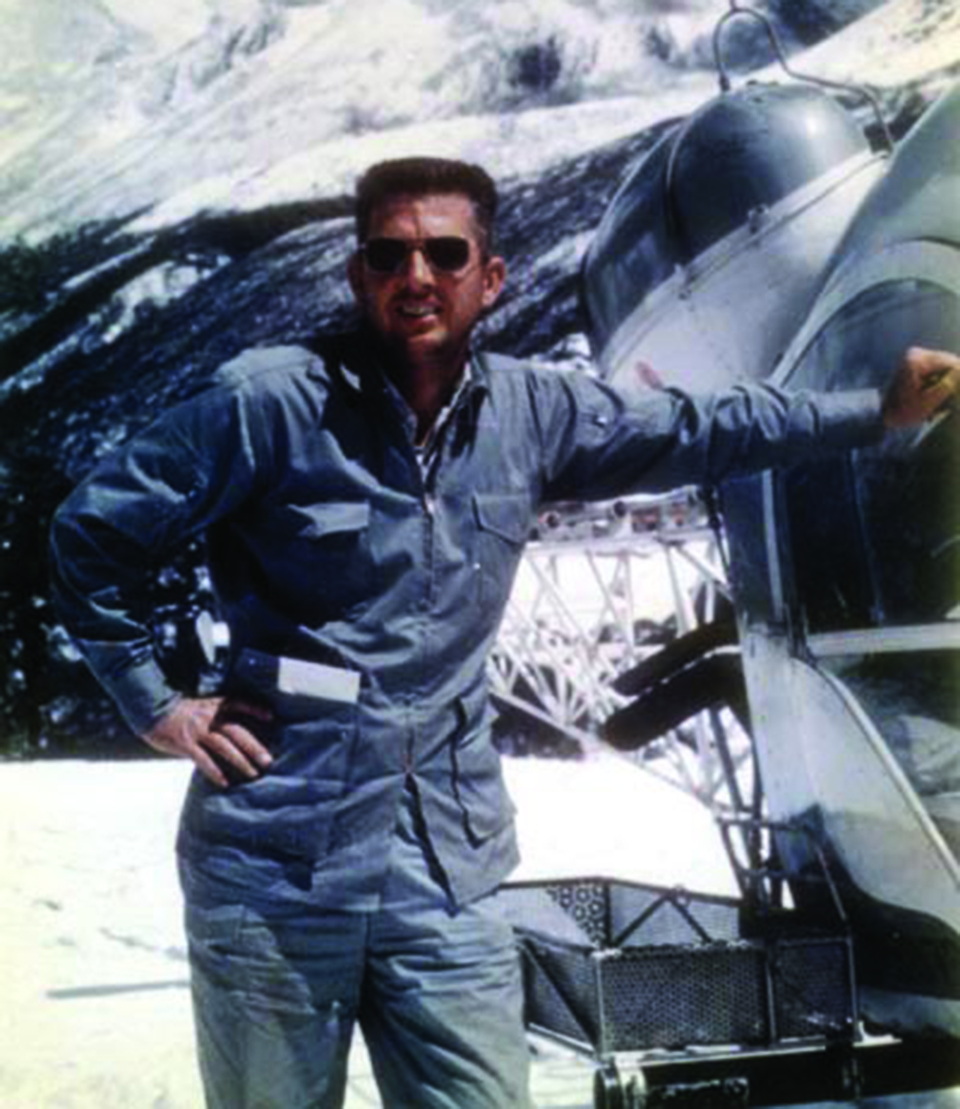
Whoever flew Bell-47 to and from remote locations did so with nothing more than a basic compass and a map, without weather forecasts
This relates to establishing of aakashbani/telegraph stations in all 75 district headquarters during the mid sixties. It was carried under US assistance and appropriately a helicopter or “Chopper” as the American called it, was used in ferrying not just the compact transmitter but even the structural elements for the antenna. A Bell-47 happens to be thus linked in the annals of Nepal aviation.
The agile helicopter aroused curiosity especially as it was different in every respect from a fixed wing aircraft. The single piece bubble canopy and long tail boom gave it a dragonfly like appearance. Known as firr-firre in Nepali and it was stationed within the Singha Durbar precinct as the Door-sanchar office was located there. It normally took-off from the Putali Bagaicha early morning, hovering up much like a dragonfly and invariably returned to roost in the evenings. Even as there are many other type of helicopters this deals only with Bell helicopters because of the above connection.
Low altitude flying in Nepal is a difficult proposition and trips to remote out posts arouse serious concern even now. Just imagine the ground realities back in the mid 60s. Flying in such an environment must have been truly challenging. Whoever flew the Bell-47 to and from the remote locations did so with nothing more than a basic compass and a map, without any weather report/forecasts and communication/radio link.
Unbelievable as it may sound a helicopter-like machine was even sketched by Leonardo da Vinci in 1493. Certified by FAA in 1946 the orders for Bell-47 began to pour in from military as well as civilian quarters. Some 5600 of these versatile machines were built in many variations meeting specific requirements. It was categorized as light utility multi-purpose helicopter and could carry three persons in total.
This is an outcome of search for available sources as is possible these days and on my own memory. Surfing the web resulted in unearthing secondary information but these were not wholly useful. Available information did not provide the irrevocable proof that was being sought as the event had taken place long time back leaving many unanswered questions.
Munsell’s contribution
The name of one pilot, Elmer Munsell, repeatedly crops up and shows that he was stationed in Nepal and piloted Bell-47G3 type helicopter between July 21, 1964 and February 28, 1965. It was owned by Air Venture Inc established by the CIA in 1963 autumn in Nepal. A picture of Munsell, leaning against a Bell-47 with massive snowy mountains in the background but has just “South Asia” as its caption. It was the nearest visual proof related to this story arresting all three: the Bell-47, the pilot and the Himalayas in one frame. Elmer Munsell died in 1994 aged 64 and his collections are archived in Special Collections Department, McDermott Library, University of Texas.
The Bell-47 was an outcome of various improvements on the works of an American inventor Arthur Young that he had been working on since 1928. Someone at Bell Aircraft Company was impressed by his works and asked him to join. Bell was eventually able to get it right with Bell-47 only after passing through two earlier models namely Bell-1 and Bell-30. But with single rotor design, the Sikorsky’s VS-300, turns out to be the first practical single lifting-rotor helicopter in 1939. It was able to counteract the rotational effect of the body with the help of small rotor mounted on the tail boom making it the standard practice ever since.
Documents dealing with Air Venture’s monthly flight records (Sept 1964 to Feb 1966) showed Munsell also flew a Bell B-1, a different and a later derivative than a Bell-47G.
As far as I can remember, Italians used two Bell B-1s during their Everest bid in 1973. Many say, it was more like a military assault than a mountain expedition. While one of the helicopters landed at Camp-2 (6500m) setting an altitude record, the other crashed during a rescue mission. But with Bell-47G as the common denominator it is quite certain that Elmer Munsell is our man.
Hidden agenda
It is no secret that CIA had been actively working to incite revolt in Tibet since 1957 with covert Indian involvement. The core purpose of the collaboration was related to delivering of military hardware to the Tibetan rebels. Miffed by the slow pace of support from the Indian side CIA played a “Nepal card” by creating Air Ventures Inc here. The CIA was, in all certainty, not thinking about using a frail helicopter for such a demanding job. More seriously, it was unthinkable that Nepal would knowingly let such a thing happen. But, on the other hand, it was quite possible that the helicopter used for the transmitter installation jobs might have also been used in tandem for surveillance works along the Nepal-Tibet border as it was well within CIA’s mode of operandi. With the logistic issue with India having resolved, Air Ventures outfit in Nepal became redundant with installation works completed in less than eight months.
Whether CIA had a hidden agenda or not, installation of aakashbani was important since it helped bind the country administratively. More crucially, it provided a channel for Nepalis to communicate in the time of need. But given the current communication option available which allows anyone to reach any other person, anywhere and at any time that was truly very primitive indeed. That said, nothing can ever unseat its historical importance in our context and Elmer Munsell needs to be remembered for his Nepal flying duties under difficult circumstances.
harjyal@yahoo.com
You May Like This

Federalism: learning by doing
Issues have emerged regarding effective implementation of federalism. But there is a long way to go and these issues can... Read More...
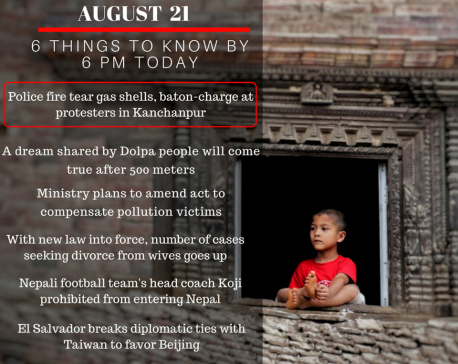
Aug 21: 6 things to know by 6 PM
Your daily dose of missed important news of the day. ... Read More...
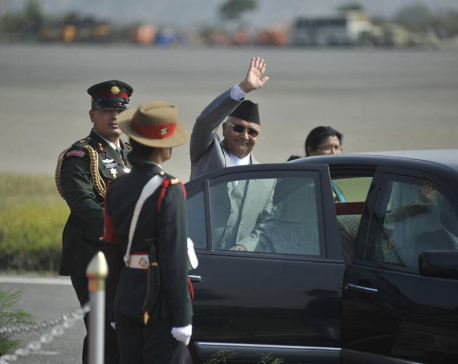
What Nepal needs is India's friendship and support for growth: Nepal PM Oli
In an exclusive interview to The Hindu, Mr. Oli says the bitterness of past relations have been put behind them,... Read More...



Just In
- Private sector leads hydropower generation over government
- Weather expected to be mainly fair in most parts of the country today
- 120 snow leopards found in Dolpa, survey result reveals
- India funds a school building construction in Darchula
- Exploring opportunities and Challenges of Increasing Online Transactions in Nepal
- Lack of investment-friendly laws raises concerns as Investment Summit approaches
- 550,000 people acquire work permits till April of current fiscal year
- Fixing a win by outlawing dissent damages democracy










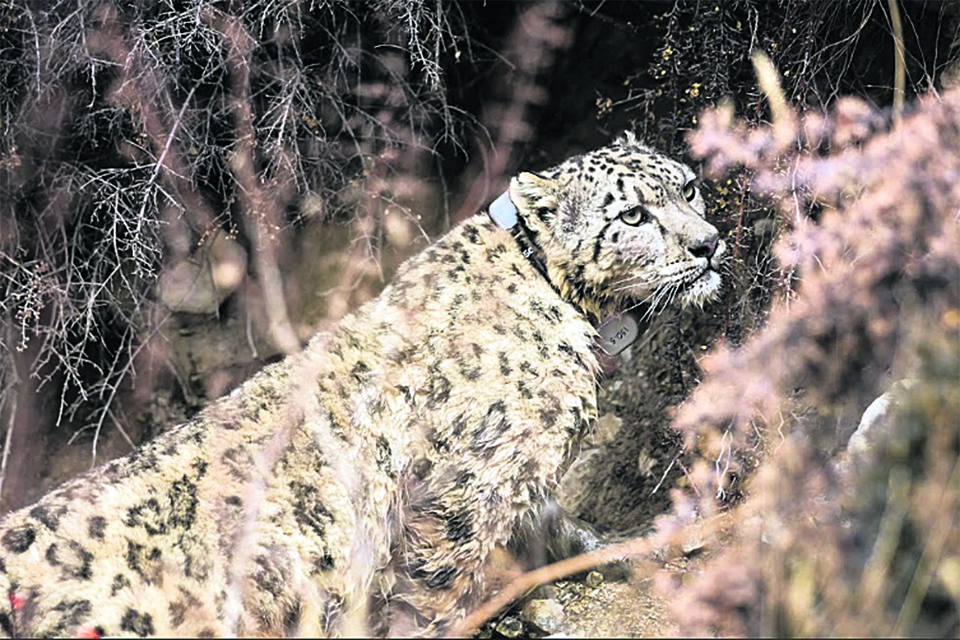
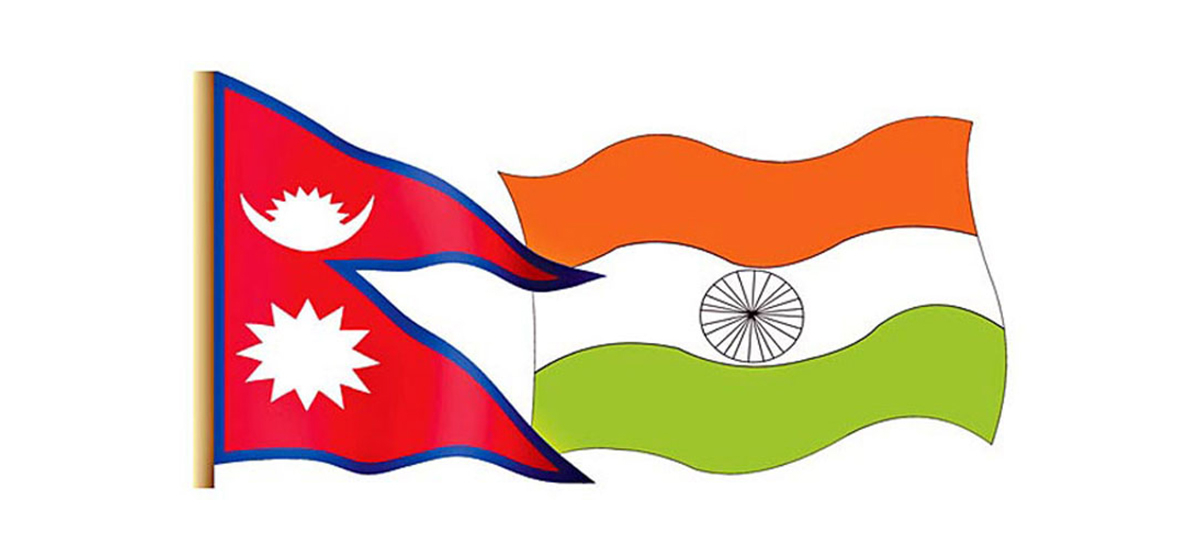

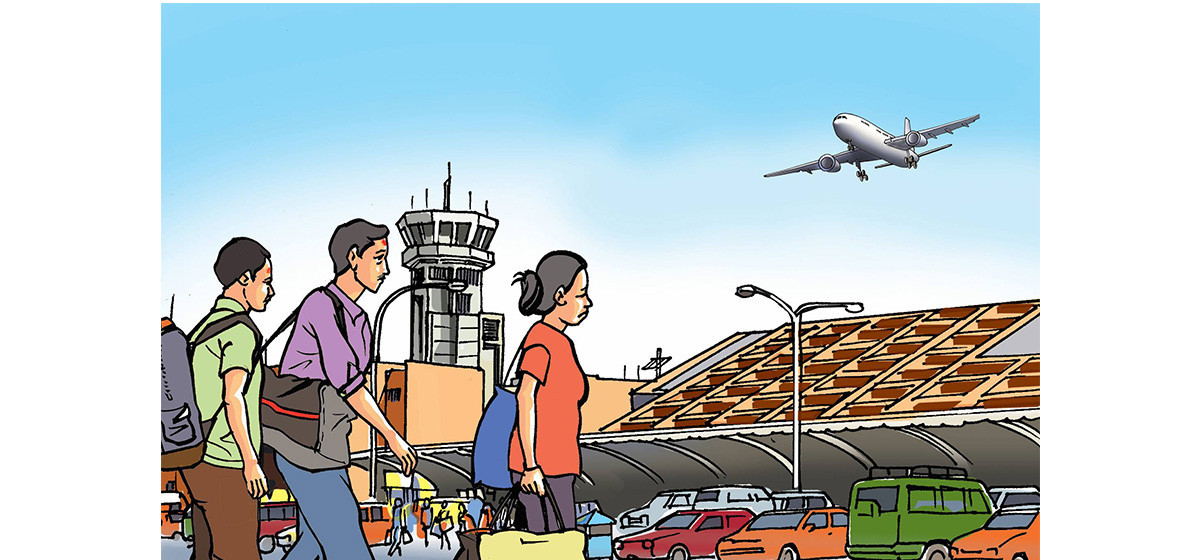

_20220508065243.jpg)
Leave A Comment